To provide smooth balance and support, your car’s tires must always have enough air to handle the many surfaces you may drive on. Without enough air to reinforce the tire, you’ll face a higher risk of poor fuel economy, flats, blow-outs, and other issues that may require costly auto repairs. Fortunately, it’s fairly easy to tell if you’re headed for trouble. If you’re concerned about underinflated tires, here are a few simple ways to determine if they need extra air.
A flat tire is the simplest way to tell if inflation is needed. Usually, the best way to detect a flat is to do a quick spot check before you drive. However, you might also have a flat if you find that it’s difficult to reach certain speeds or hear odd sounds coming from under the car.
Using a digital pressure meter, occasionally check your tires see if the air pressure is at the manufacturer-recommended level. If you have a newer vehicle, your car’s dashboard may also display a warning light when your tire pressure has dropped too low.
Tires gradually lose air pressure as the temperature drops. As such, you may want to check your air levels any time your car is exposed to sudden decreases in temperature. While the amount may be minimal, replacing the lost air will improve handling on winter roads—especially if you encounter ice and snow.
When there isn’t enough air to reinforce the tire’s exterior, the rubber will become more susceptible to vibration. If this happens, your steering and handling may suffer. You might also feel shaking when you drive—especially at higher speeds. Since vibration is also related to other common auto repair issues—such as suspension damage—it’s best to have the problem looked at by a mechanic as soon as possible.
It’s estimated that for about every PSI lost in tire pressure, your car will experience a .2% drop in fuel economy. If your wheels are losing a considerable amount of air, you might end up having to fill up on gas more often until you reestablish proper pressure levels.
When adding air doesn’t help address your pressure problems, turn to the wide inventory of high-quality products offered by Oak Hollow Tire Car Care Center in High Point, NC. As an ASE®-certified auto repair shop and tire dealer, this provider will connect you to the best solution for your wheels—including selections from Bridgestone®, Firestone®, and Fuzion®. In addition to tire replacement, these mechanics also offer many other services to help you maintain a smooth ride—including tire rotation and wheel alignment. For more details on their affordable car maintenance and repair options, visit this shop online. To schedule service or inquire about available inventory, call (336) 841-6553.
Auto Body Repair
Oak Hollow Tire Car Care Center Inc.
2410 Eastchester Dr., High Point, NC 27265
CALL US+1 (336) 841-6553CALL US+1 (336) 841-6553
VIEW BUSINESS PROFILE
Have you ever asked yourself this question: "How do I check the tire pressure without a gauge?"
If yes, then look no further!
This article will reveal seven practical ways of checking the pressure of your tires when you do not have a gauge at hand.
Also, you will know how often you should check your tire pressure, when to tell if your tires are underinflated, and many more.
Why Do You Need To Check Tire Pressure?To Prevent AccidentsLow tire pressure causes the rapid loss of tire tread depth in less time than usual. This is because the tires endure more weight and force than when they are correctly inflated. Underinflated tires may also cause poor handling of the car.
Overinflated tires can lead to a blowout during a ride. Regular pressure checks prevent accidents caused by blowouts and poor maneuverability of the car.
To Improve Fuel EconomyTire pressure checks enhance the fuel economy of your car. Low-pressure tires require more propelling power to get going. This indicates that your vehicle will burn extra fuel to supply the energy needed to move your underinflated tires. So you may notice that you're purchasing gas more often than you should.
Underinflated tires carry the weight of your vehicle more than the other adequately inflated tires. If the tire pressure is too low, too much of that tire's surface area touches the road, which increases friction. Increased traction may cause the tire to overheat, which can lead to premature wear. Regular checks ensure the uniformity of tire wear.
How To Check Tire Pressure Without GaugePound-force Per Square Inch Check (PSI Check)The pound-force/square inch is the unit used to measure air pressure in your tire. It lets you know how much inflation pressure your tire can withstand. The driver's manual usually provides this information. You may also notice it on the driver's side of the doors.
The number usually suggests the lowest pound-force per square inch at which the tire must be inflated. But you may vary it as you think necessary.
The more the vehicle can carry, the more pressure is needed for proper functioning. The suggested PSI for small cars like minivans and sedans ranges between 27 and 32. But those tires can reach 40 if necessity demands so. SUVs and trucks have a PSI of about 45 and more because their tires need more inflation pressure to carry the vehicle's weight properly.
The suggested PSI for small cars like minivans and sedans ranges between 27 and 32. But those tires can reach 40 if necessity demands so. SUVs and trucks have a PSI of about 45 and more because their tires need more inflation pressure to carry the vehicle's weight properly.
Take note that some models of pickup trucks have different PSI for the front and rear tires. Check your manual to be sure.
Thumb CheckYou can use your thumb to check the pressure of your tire. All you have to do is push your thumb down on the tire to feel the pressure. Underinflated tires will be soft. You will find your tires to be extremely stiff if they are overinflated. The tire pressure is proper if your tire is not too soft or too stiff as mentioned above.
Mass Over Wheels CheckThis method is based on checking the level of deformity of the tire once you mount weight on your tires. What you do is to put weight on the tires, and then notice the level of deformity of the tire. Tires with low pressure get deformed by 10% - 15% change. If you see that much difference, you need to inflate your tires a little more. As you add pressure, check gradually to see that the tires do not become extremely stiff.
Tires with low pressure get deformed by 10% - 15% change. If you see that much difference, you need to inflate your tires a little more. As you add pressure, check gradually to see that the tires do not become extremely stiff.
For this method, you need a pavement or a road with a flat surface. You need to apply ink or some other marking substance to your tires. After that, make marks on the road by driving the car slightly. After the drive, pay attention to the trail that your tires made. A comparison of the trail will reveal some differences. Low-pressure tires tend to leave a streak when compared with others.
Inflate the underinflated tires a little more and repeat the test until the moderate pressure is reached.
Cargo CheckThis test works with cargo. Load some cargo on the car and notice how the tires might get weighed down.
Cargo will logically weigh down any low-pressure tire of your vehicle.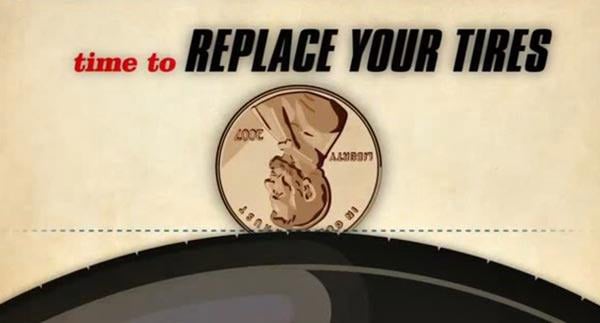 If you notice that one side of the car bears the cargo load more than the other, it means you have low-pressure tires that need more air pressure. Find the underinflated tires and add more air to even the distribution of the weight.
If you notice that one side of the car bears the cargo load more than the other, it means you have low-pressure tires that need more air pressure. Find the underinflated tires and add more air to even the distribution of the weight.
But ensure you check and return the tires’ Pound-force Per Square Inch (PSI) to normal by adding more air pressure after you remove the cargo.
Hand Pressure CheckTo check your tire pressure with your hand, push your palm down on the tire to feel the pressure. Low-pressure tires are usually soft and cushiony, while overinflated tires are incredibly stiff.
If it feels soft, inflate the tire with more air. Check pressure with your palm gradually as you add air to it. If the air pressure is too much, press the stem on your tire’s air nozzle until a slight push over the tire is possible.
Eye Observation CheckTo check your tire pressure with this method, you must first park your car on a plane surface.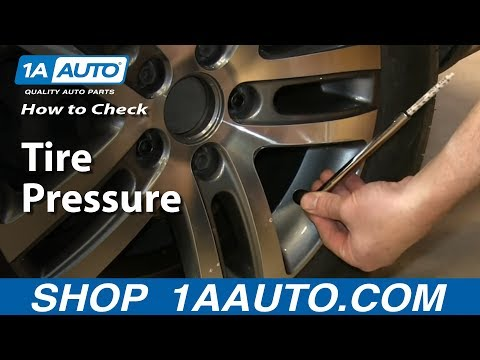 After parking it, check the tires of your vehicle from both sides. What you are looking out for is a bulge; a round swelling from any side of the tire.
After parking it, check the tires of your vehicle from both sides. What you are looking out for is a bulge; a round swelling from any side of the tire.
A bulge of more than ten millimeters on both sides shows that your tire pressure is low. You may have to pump the tires before taking the vehicle out. Inflate the tires until it is hard but not extremely hard.
How Often Should You Check Your Tire Pressure?Car manufacturers recommend that you check at least once a month. But safety and other reasons may make you have to examine your tire pressure more frequently.
Ideally, you should visually observe your tire pressure every time you approach your car.
Try to regularly check your tire pressure when you visit the gas station.
If you hit a curb or run over a sharp object, you may also have to check your tire pressure.
How Do You Know If Your Tire Pressure Is Low?Some recent vehicle models have a warning light in the dash to alert you.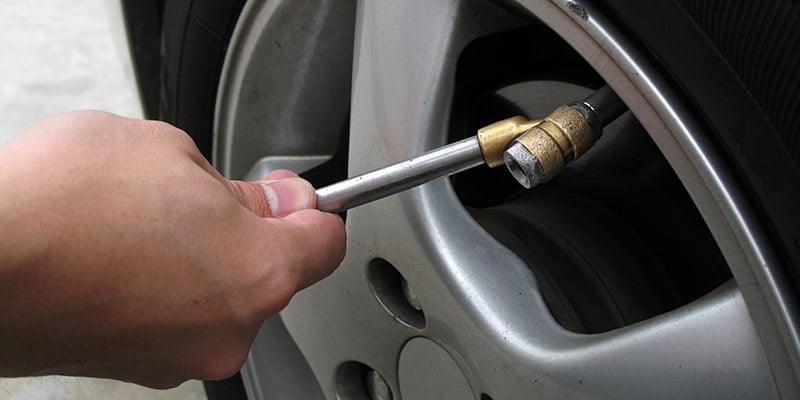 The warning light is a component of the Tire Pressure Monitoring System of your vehicle. The light comes on to warn you that your tires could be underinflated.
The warning light is a component of the Tire Pressure Monitoring System of your vehicle. The light comes on to warn you that your tires could be underinflated.
If your car does not have a caution light for low tire pressure, a regular check will help you know if your tire pressure is too low.
Difficulty in the car's maneuverability or losing speed is also a sign that the tire pressure may be low.
Is It Safe To Drive With Low Tire Pressure?It, it isn’t. It is dangerous to drive with low tire pressure, especially at high speeds. You could lose control of your vehicle. More seriously, driving with low tire pressure could also cause a blowout or an accident.
ConclusionDriving with the correct tire pressure is very important because you can protect your safety and the safety of other road users. It also saves you money because your tires wear evenly, and your fuel economy is optimal.
If you do not have a gauge with you, the reliable steps above-mentioned work just fine.
Guest Author: Tim Miller
I’m Tim Miller, an auto mechanic and the Editor-in-chief at obdadvisor.com. I love writing to share my experiences and expertise. Many articles about car repair, car parts and tools reviews can be found on my website. Get connected with me on Facebook, Twitter and Linkedin.
What should be the pressure in the tires of the car? Does it need to be adjusted and what will happen if the pressure is changed in one direction or another?
Two friends conversation:
- Hello, I lowered the wheel!
— Absolutely?
- No, only from below ...
Humor from the Web
Let's start with platitudes. The pressure must be as specified by the vehicle manufacturer.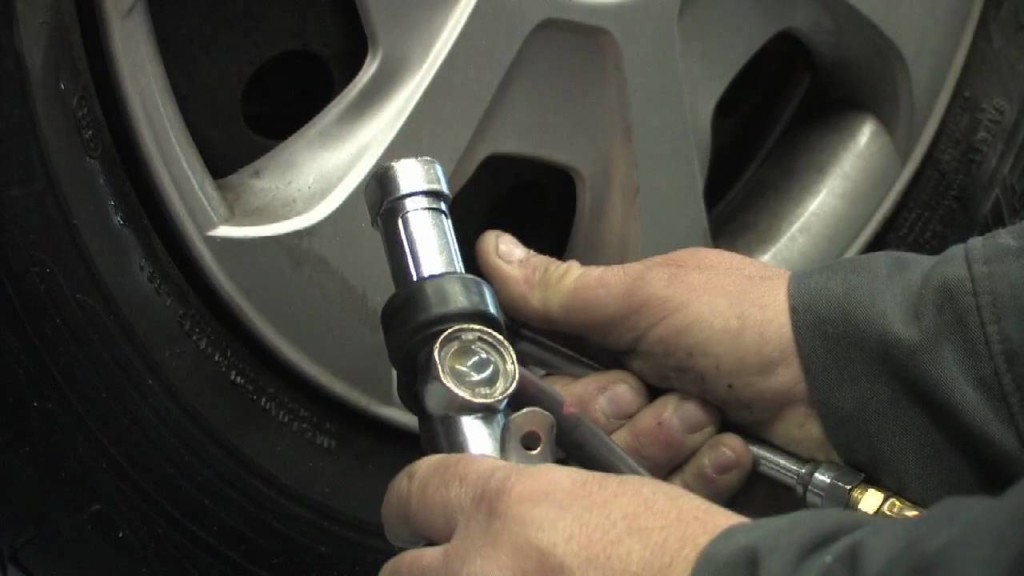 And since the average modern driver usually does not have such information, especially for him, a "cheat sheet" with the necessary numbers is hung on the middle pillar on the driver's side or on the gas tank hatch cover.
And since the average modern driver usually does not have such information, especially for him, a "cheat sheet" with the necessary numbers is hung on the middle pillar on the driver's side or on the gas tank hatch cover.
A relatively rare solution: the "reminder" is located on the gas tank cap.
A relatively rare solution: the "reminder" is located on the gas tank cap.
An important point: pressure should be measured only on cold tires. By the way, especially for pedants: cold tires are those on which the car has been without movement for at least 5 hours.
This "cheat sheet" nestled on the driver's door. An example of how tire pressure recommendations change depending on tire size. nine0003
This "cheat sheet" nestled on the driver's door. An example of how tire pressure recommendations change depending on tire size.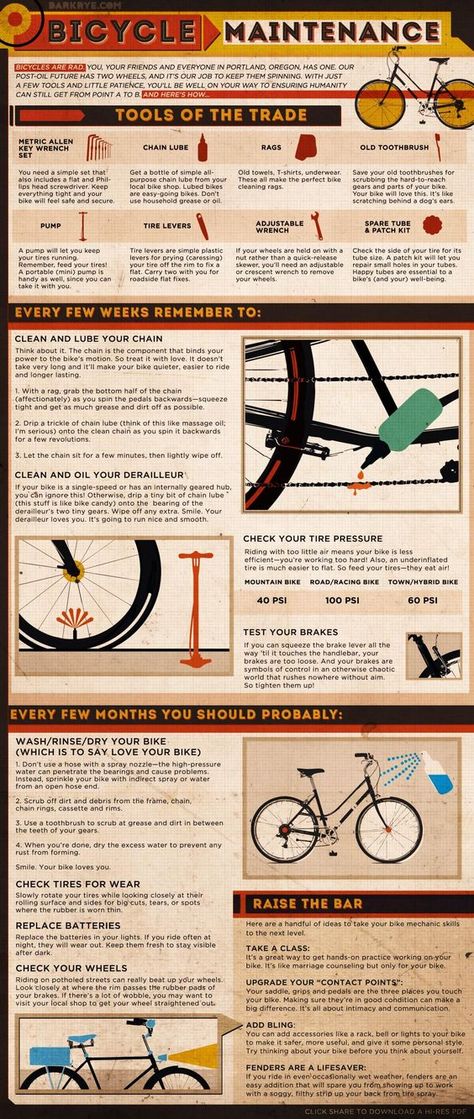
Since car manufacturers allow the use of tires of different sizes, the pressure may also be different. In addition, the pressure in the front and rear tires has the right to both differ and be the same.
And here there is no difference in recommendations: what is in front, what is behind is the same. nine0003
And here there is no difference in recommendations: what is in front, what is behind is the same.
Related materials
Seasonal tire change: everything car owners need to know
Reduced pressure leads to an increase in tire deformation, more heating during wheel rolling, accelerated wear of the outer tread tracks. Perhaps even a violation of the integrity of the frame. As a result, fuel consumption increases. If you hit a hole in the road, the likelihood of damage to both the disk and the tire is higher. nine0003
Increased pressure is an overstrain of the cords, increased wear of the middle part of the tread. In addition, when driving on a bad road, the shocks that are transmitted to the suspension and body will become more noticeable for riders. When hit in a pit, the likelihood of a tire burst increases.
Uneven pressure on all four wheels is the worst thing! At the same time, the car, while driving, inevitably leads the wheels with lower pressure to the side - in fact, sideways movement begins.
Tube tires of the past required a weekly check, especially before the advent of butyl tubes. Then the pressure began to be checked less often, and nowadays, as a rule, they are limited to visual inspection.
Tube tires of the past required a weekly inspection, especially before the advent of butyl rubber tubes. Then the pressure began to be checked less often, and nowadays, as a rule, they are limited to visual inspection.
In a good way, you need to check the tire pressure at least once a month. And before a long journey - just a must. nine0003
Related materials
Budget Tire Compressor Test: Wrong Bees
The air pressure in an enclosed space changes by approximately 0.1 bar for every 10 degrees of temperature change. This allows, having installed summer wheels in April, not to worry about the pressure in them until the end of August, when the air temperature begins to drop. Having pumped up the wheels at the end of summer, you can already reach the seasonal shift. But having installed winter tires in October, with the first frosts, you should check the pressure a couple more times: when the temperature drops to minus ten, fifteen, and when it goes over minus twenty. But from the middle of winter until the moment of changing the wheels to summer ones, there is again a period of relaxation. nine0003
Electronics are increasingly thinking for us. Now, a tire pressure monitoring system is being installed on parts of production cars. Moreover, some simply read the wheel speeds through the ABS sensors: after all, a flat tire rotates faster, since its radius is smaller than that of inflated wheels. There are also sensors that evaluate the amount of air pressure and send information via radio to the "brains" of the car. Such devices can also be purchased separately: sensors - in the wheels, and the receiver - in the car. nine0003
Now, a tire pressure monitoring system is being installed on parts of production cars. Moreover, some simply read the wheel speeds through the ABS sensors: after all, a flat tire rotates faster, since its radius is smaller than that of inflated wheels. There are also sensors that evaluate the amount of air pressure and send information via radio to the "brains" of the car. Such devices can also be purchased separately: sensors - in the wheels, and the receiver - in the car. nine0003
By the way, a lot depends on the road you are going to take.
The operating instructions supplied with the vehicles indicate that it is recommended to increase the pressure by 0.2-0.3 bar before driving for a long time on expressways. We advise you to follow these recommendations on all cars: it will not get worse.
The operating instructions supplied with the vehicles state that it is recommended to increase the pressure by 0. 2-0.3 bar before driving for a long time on highways. We advise you to follow these recommendations on all cars: it will not get worse. nine0003
I don’t want to discuss overload: this, you see, is not the case. But, unfortunately, many deliberately overload the car several times a year, not only stuffing the interior and trunk to the eyeballs, but also attaching a trailer, which additionally loads the rear wheels of the tractor. In such cases, we advise you to increase the pressure in the rear tires by at least 0.2–0.3 bar. Tires will only thank you.
If you doubt the accuracy of your pressure gauge, then we advise you to check it immediately after leaving the tire shop, where you were set the obviously necessary pressure, to measure it with your own measuring device (separate or as part of the compressor). So you determine whether your pressure gauge is "lying" a lot. For the future, right on the dial, you can put a mark of the correct value. nine0003
nine0003
Of course, it is better to have your own, known to be correct pressure gauge, but such a toy is not cheap.
Of course, it is better to have your own, known to be correct pressure gauge, but such a toy is not cheap.
If terrible ice caught you on summer tires, say, in the country, and you need to drive some distance along an absolutely icy road by any means, then you should reduce the tire pressure to approximately 1.6 bar. Is it bad for tires? Yes. But an accident will cost more. In addition, in such a situation, one does not have to wait for high speed, and overheating of tires at near-zero temperatures most likely will not happen. nine0003
Everyone knows what caused the excellent maneuverability of Soviet tanks? That's right: wide tracks, that is, low pressure on the ground. We, having an ordinary, non-all-wheel drive car, are also able to provide it with a similar cross-country ability.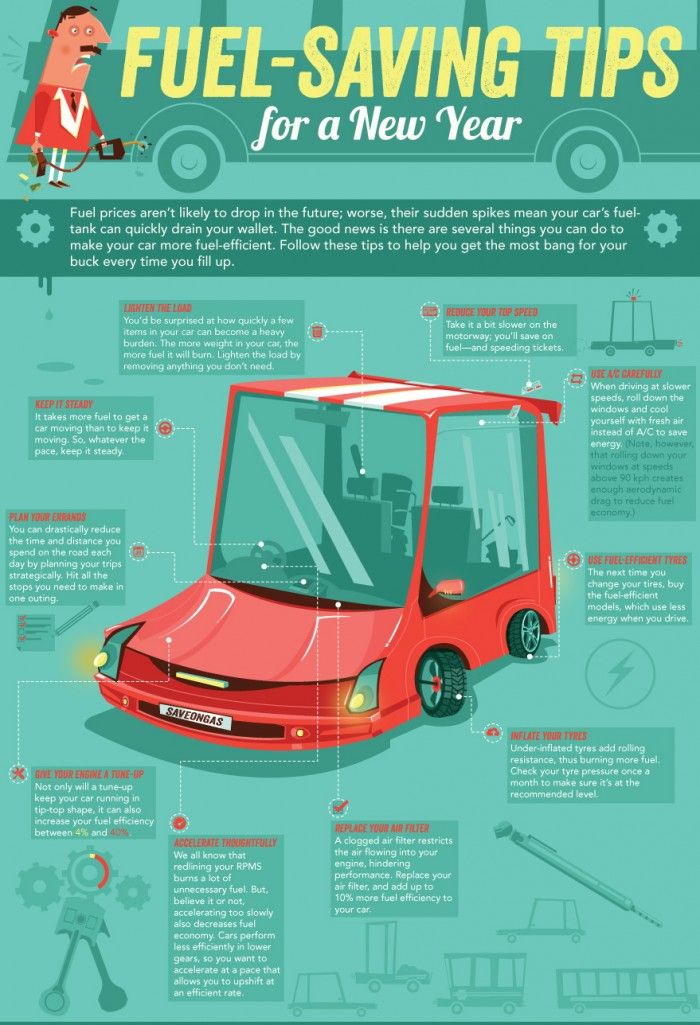 If the wheels of the car sink into sand, snow or sticky mud, then it makes sense to lower the tire pressure. And not only driving, but also driven wheels.
If the wheels of the car sink into sand, snow or sticky mud, then it makes sense to lower the tire pressure. And not only driving, but also driven wheels.
We know from experience that you can often get out of the "black spot" by reducing the pressure to 1.2 bar. nine0003
We know from experience that it is often possible to get out of the "black hole" by reducing the pressure to 1.2 bar.
In a very critical situation, if you know that you have a fairly narrow disc and a relatively wide tire (such a wheel has a lower chance of self-disassembly), you can reduce the pressure to 1.0 bar.
Stalled on wet grass? Try to relieve pressure.
Stalled on wet grass? Try to relieve pressure.
Pressure reduction is also useful in other cases - for example, to overcome diagonal hanging. If you reduce the pressure in the wheels on which the car rests, their height will decrease and there will be a chance to “hook” on the suspended wheels. Of course, if the car has already laid down on the bottom, then it is too late to reduce the pressure - this will only interfere.
Of course, if the car has already laid down on the bottom, then it is too late to reduce the pressure - this will only interfere.
A concrete example of the effect of pressure on flotation. In this case, the pressure is very low, and the contact patch of the wheel with the coating is much larger than that of a conventional car. nine0003
A concrete example of the effect of pressure on patency. In this case, the pressure is very low, and the contact patch of the wheel with the coating is much larger than that of a conventional car.
In general, the pressure in tires, as well as in vessels, is better to keep normal. Any deviation has its negative consequences. Tell us, have you ever had to adjust tire pressure to improve flotation?
Tire pressure: your norm
Tire pressure: your norm
Most cars are equipped with tubeless wheels that maintain tire pressure during a puncture.
They guarantee safe driving even when flat, and with little damage they can hold their shape for several days. Despite their practicality, you should immediately look for the causes of wheel leaks. If you do not repair a punctured car tire in advance or do not fix warped alloy wheels, the operation of the car will lead to an emergency. nine0003
Since even tubeless tires flat for no apparent reason, you need to carefully inspect the car and the condition of the wheels in order to detect a malfunction in advance. This will help to avoid a number of problems during the trip. Driving with flat tires adversely affects the performance of the machine. The vehicle has poor traction, the steering wheel pulls to the side with a bad tire, acceleration and braking are deteriorating. If the tires of the car are slowly deflated, this leads to increased fuel consumption. nine0003
To understand the problem, let's examine the reasons for which it releases air:

It is often difficult to find the reason why the air in the wheel slowly bleeds. Even the masters can not always immediately detect a malfunction. You can find the problem yourself in the following way - pump over 1-2 atmosphere and listen to see if air comes out. If no sound is heard, then the wheel is wetted in a soapy solution and lowered into water. The area where air will begin to bubble will be the puncture site. nine0003
You can find the problem yourself in the following way - pump over 1-2 atmosphere and listen to see if air comes out. If no sound is heard, then the wheel is wetted in a soapy solution and lowered into water. The area where air will begin to bubble will be the puncture site. nine0003
In cases where the wheel bleeds air on the car, but does not deflate when it is removed, it is necessary to disassemble and wipe the inside of the tire. In the presence of sharp objects, the fabric will catch on, indicating the puncture site.
Find the causes of rubber puncture near the nipple, on the rim of the alloy wheel or in the tread using indirect causes: ; nine0179
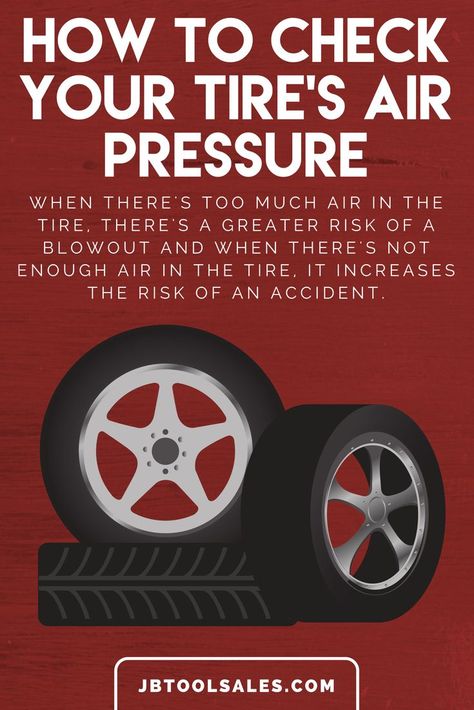
If the tire on the car began to slowly deflate as a result of a side cut, then such repairs are not easy to make even for masters. Unlike a tread puncture, the area near the rim of an alloy wheel is softer and thinner. This does not allow you to put a patch or install a harness. Even after removing the cause, the damaged wheel will slowly bleed under load. Also, repairing a side puncture is dangerous because it affects the durability of the tire. Therefore, with a strong side cut, it is better to change the wheel to a new one. nine0003
In the event that a tread puncture is the cause of air bleeding, the tire can be easily repaired. It is important that in this case the rim of the cast disk is not damaged, and the hole size is no more than 4-5 mm. If a larger object hits, it will not be possible to repair the wheel on your own, so you need to sign up for a service station. If the tire on the car descends slowly, and the puncture diameter is several millimeters, a rubber band, glue and an awl will be needed for repair.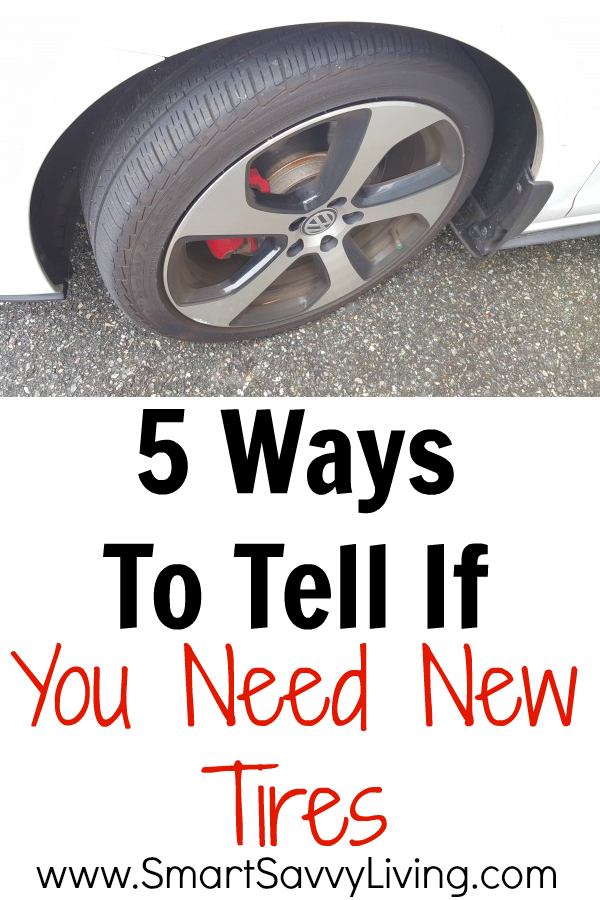
If the tire bead does not seal against the rim, the defect in the cast rim must be repaired first. There are many reasons why a dent appeared on the surface - due to falling into a hole at speed, upon contact with the curb. If you do not align the disk, the tire will slowly deflate, it may depressurize when driving a car. Dents are "rolled" in the service. You can fix the breakdown on your own on the road with the help of a heavy object - sometimes it is enough to hit the rim with a hammer to stop lowering. However, this is a temporary option. nine0003
If the rim is OK and the wheel continues to bleed, the problem may be in the spool. On the road, such a “puncture” can be corrected by pressing hard on the nipple. In case of deformation of the nipple, contact the specialists, as it needs to be changed.
Since the wheel itself may be the reason why the wheel began to deflate, let's look at the problem in more detail. The rim is damaged when hitting a curb, due to old age or improper storage, which affects the tightness of its fit to the tire. Deformation of a cast wheel is also possible due to poor-quality alloy. nine0003
The rim is damaged when hitting a curb, due to old age or improper storage, which affects the tightness of its fit to the tire. Deformation of a cast wheel is also possible due to poor-quality alloy. nine0003
In case of advanced corrosion or mechanical damage to the rim, the disc is repaired or replaced with a new one. It is forbidden to pour sealant inside. It won't fix the rim problem, but it will definitely ruin the tire.
Winter Drive protection
Tires Goodyear UltraGrip Arctic 2 SUV
Winter Drive Protection Sound Comfort
Rating: nine0003
4.5
Tires Goodyear UltraGrip Ice 2
Winter Drive Protection
Tires Goodyear UltraGrip Performance+ SUV
Winter Drive Protection
Tires Goodyear UltraGrip Arctic 2
Winter Drive Protection Run On Flat Sound Comfort
Tires Goodyear UltraGrip Performance+
There are many reasons why a tire deflates.